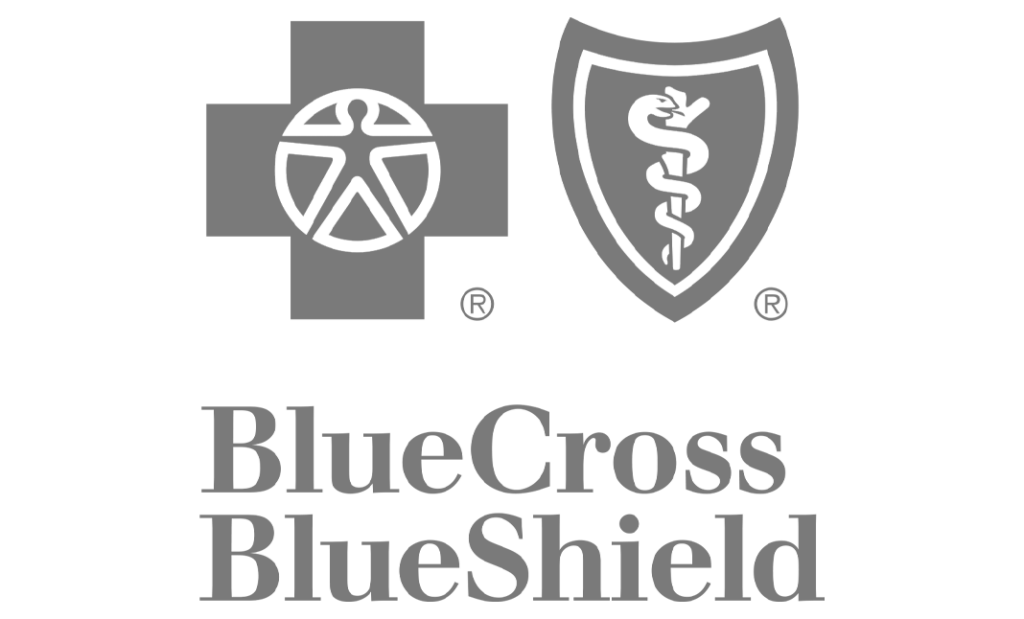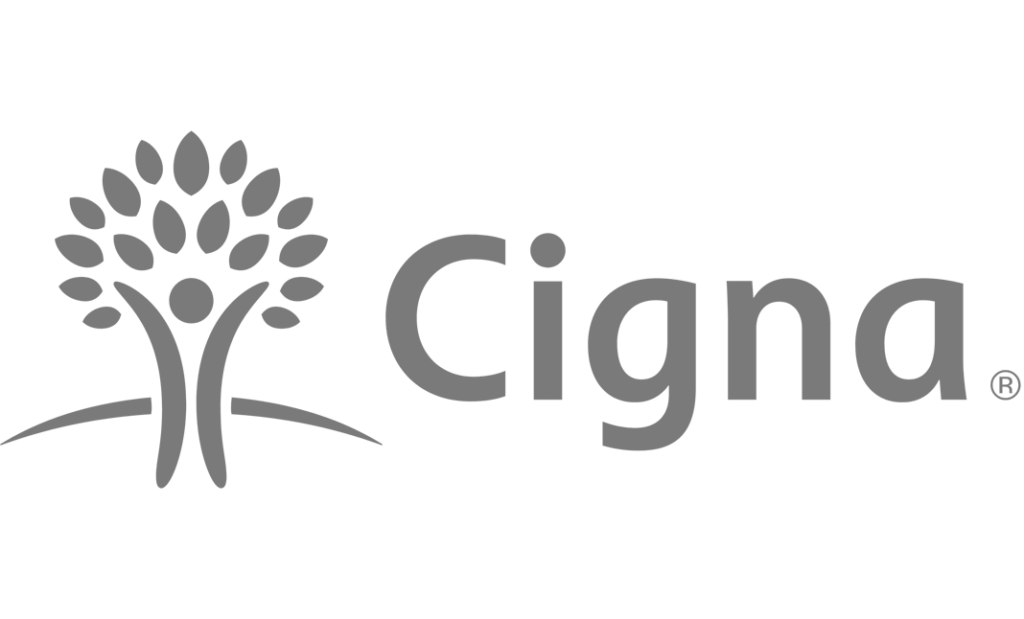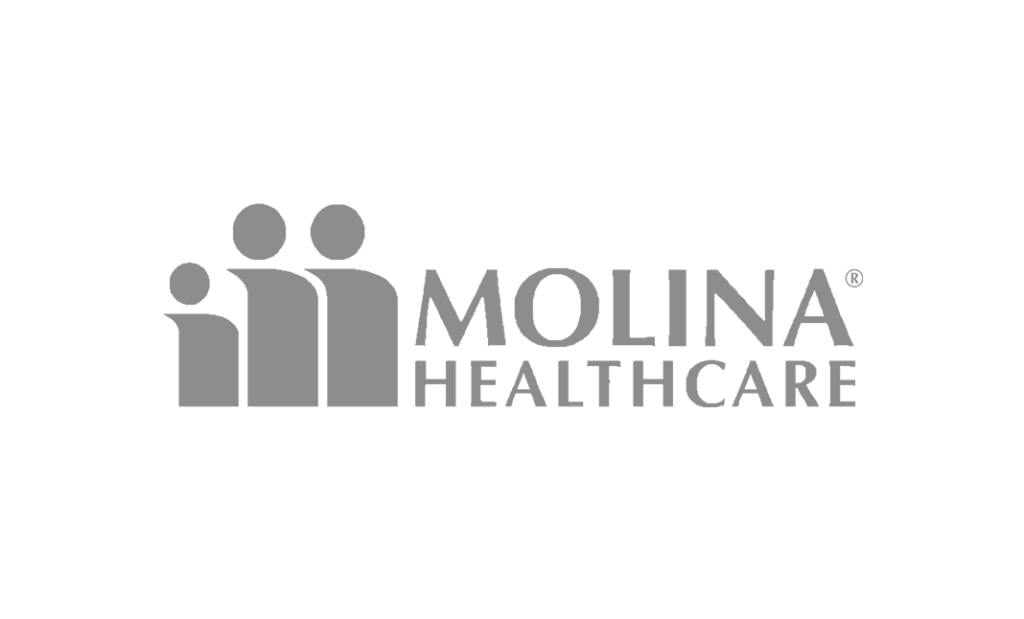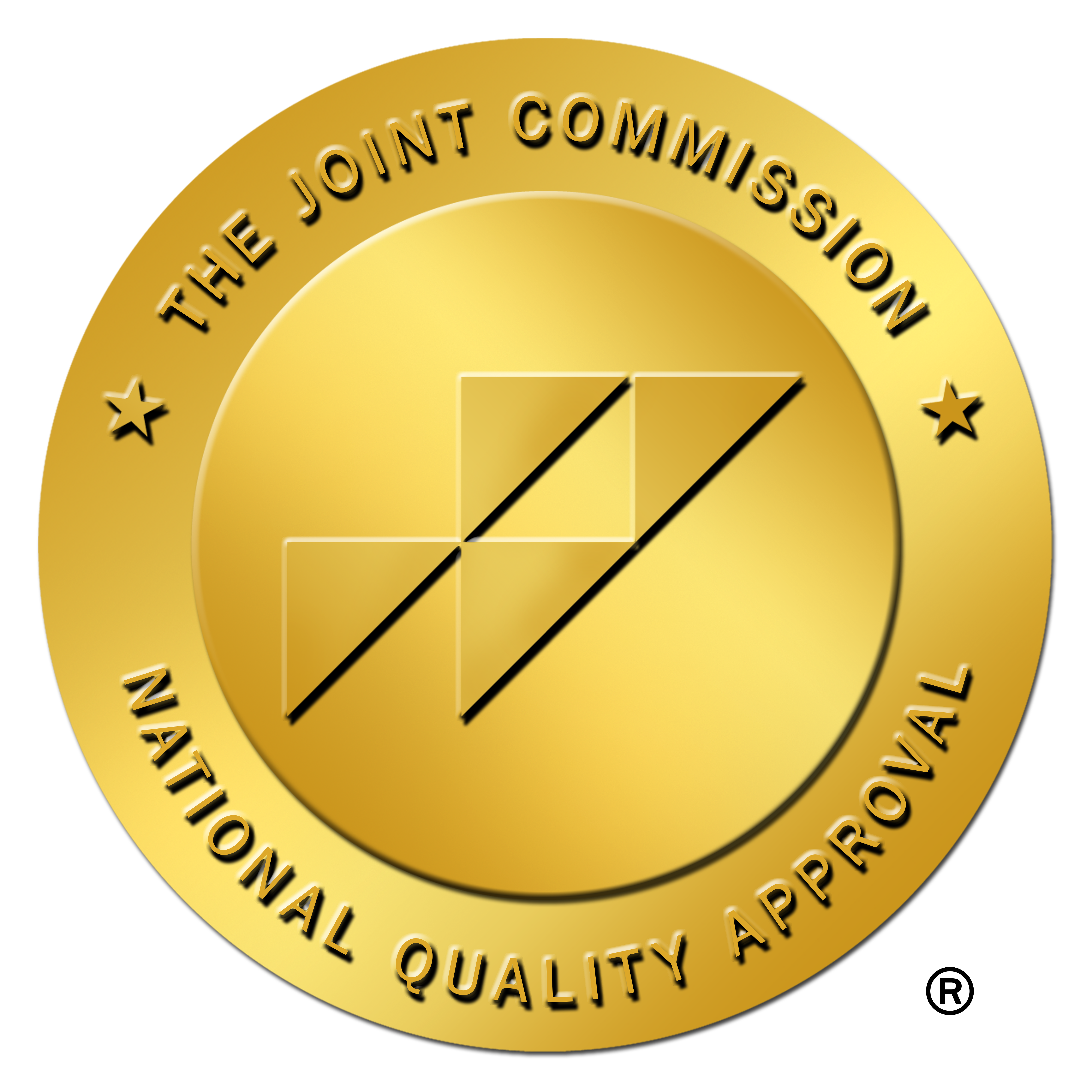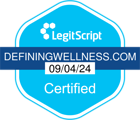Here at Defining Wellness Centers, our highest goal is to help our clients get well—physically, psychologically, and spiritually. We understand the intimate connection between addiction and behavioral health as two sides of the same coin. The sobering reality is that only 10% of people with substance use disorders actually receive treatment, and among those, the dropout rate remains discouragingly high. This is why everything we do and every program we offer is thoughtfully designed to meet you exactly where you are and guide you onto a sustainable path to healing—one you’ll feel genuinely motivated to stay on.
For many people in recovery, the most transformative healing experiences come from unexpected sources. Sometimes, the most powerful, life-changing connection requires a highly intuitive creature with four legs, not just two. Among the most effective experiential therapies available today for those struggling with addiction and co-occurring mental health disorders is equine therapy. These majestic animals have much to teach us about ourselves, empowering us to trust, accept, grow, and heal—all without saying a single word.
The Rich History of Horse Therapy
The therapeutic relationship between humans and horses isn’t a modern innovation—it’s actually deeply rooted in history. Dating back to ancient Greece around 600 BC, Hippocrates, often called “the father of medicine,” documented the remarkable healing benefits of horseback riding for various ailments. By the 17th century, physicians were regularly “prescribing” horseback riding to treat conditions ranging from gout and neurological disorders to what we might now recognize as depression.
This therapeutic tradition continued to evolve through the centuries. The mid-20th century marked a significant turning point in the widespread acceptance of horseback riding as a rehabilitation tool, largely thanks to Danish dressage rider and Olympic silver medalist Liz Hartel. As a polio survivor whose remarkable recovery and athletic success inspired others, Hartel’s journey helped establish equine therapy as a legitimate approach for people with physical disabilities.
The therapeutic application of horsemanship continued to develop professionally throughout the latter half of the 20th century. The 1960s saw the emergence of hippotherapy in Germany, Austria, and Switzerland as a complement to traditional physical therapy. In 1969, the founding of what is now known as PATH International (Professional Association of Therapeutic Horsemanship) established important standards and promoted therapeutic riding across North America.
By 1992, The American Hippotherapy Association (AHA) had officially introduced hippotherapy as a recognized treatment modality in the United States. With the dawn of the 21st century, equine-assisted learning (EAL) and equine-assisted psychotherapy (EAP) gained increasing recognition for their effectiveness in addressing a wide spectrum of physical, emotional, and behavioral health conditions—including substance use disorders.
Some of these newer therapies found that riding a horse isn’t even necessary to get therapeutic benefits, sometimes it’s simply interacting with the animals that helps. However it’s done, equine therapy is widely accepted as an effective treatment approach, and researchers continue to conduct evidence-based studies to better understand the specific mechanisms that make this therapy so powerful for recovery.
What Does the Science Say?
What makes horse therapy so effective isn’t simply about the joy of being around animals—there’s solid science supporting these benefits. The therapeutic interaction with horses works through a complex combination of physical, psychological, and emotional factors that are particularly important in addiction recovery.
Hippotherapy, a specialized form of equine-assisted therapy, utilizes the horse’s natural movement to provide physical benefits that improve balance, coordination, and muscle strength. While this approach is especially beneficial for people with neurological conditions like cerebral palsy or multiple sclerosis, these same physical benefits can help rebuild strength and bodily awareness that may have been lost during active addiction.
Beyond the physical benefits, even simple activities like petting and grooming horses can help people on the autism spectrum—or those who struggle with sensory processing issues that often co-occur with addiction—to better regulate their responses to stimulation. This sensory regulation is crucial for developing healthier coping mechanisms in recovery.
For those in treatment for substance use disorders (SUD), equine therapy offers particularly valuable improvements in emotional regulation, focus, attention, ability to follow instructions, and problem-solving skills—all essential components of successful long-term recovery. Many people in addiction recovery struggle with forming healthy relationships due to past trauma. Interacting with horses has been shown to release oxytocin, often called the “bonding hormone,” which reduces stress and fosters greater emotional attachment and connection—creating a foundation for rebuilding human relationships as well.
Why Horses Make Exceptional Therapists?
You might wonder: why horses specifically? What makes them more effective therapeutic partners than other animals? It turns out that horses possess a unique combination of physical, emotional, and social characteristics that make them particularly well-suited for supporting addiction recovery.
The sheer size and power of these magnificent animals—while initially intimidating for many clients—can actually become a source of empowerment. Building a relationship with such a large creature fosters a profound sense of accomplishment and self-esteem, qualities often damaged by addiction. Their commanding physical presence naturally demands that you remain fully present and aware in each moment—essentially practicing mindfulness without even trying.
As you develop a bonded relationship with a horse, you both learn essential skills that directly translate to recovery. These include:
- Trust-building
- Patience
- Clear communication
These interpersonal skills are precisely what many people struggling with addiction, trauma, or other mental health issues find most challenging in their human relationships.
What makes horses truly remarkable therapeutic partners is their nature as both herd and prey animals. This unique combination makes them extraordinarily sensitive to human emotions, capable of detecting subtle shifts in body language, scent, energy vibrations, and vocal tones. This sensitivity allows them to function as emotional mirrors, reflecting back your authentic emotional state—whether you’re consciously aware of it or not. This mirroring builds crucial self-awareness and helps you better understand how your emotions and behaviors affect others around you.
Unlike the delayed feedback that often occurs in human relationships, horses provide immediate and clear responses to your actions. This direct communication powerfully demonstrates that behaviors have real consequences—a fundamental principle in recovery from addiction.
Perhaps most importantly for those who have experienced judgment, rejection, or shame because of their addiction, horses are completely non-judgmental. They accept you exactly as you are, without preconceived biases or expectations. This unconditional acceptance from such a powerful being often creates a profound emotional connection, allowing you to feel safe enough to explore difficult emotions and behaviors without fear of criticism or rejection.
This non-judgmental nature often explains why many clients process emotions more freely during equine therapy than they can in traditional group or one-on-one therapy sessions with other humans. The perceived or actual biases of other people can make vulnerability feel risky, while horses create a space where authentic emotional expression feels safe.
What to Expect in an Equine-Assisted Therapy Session
Typically lasting about an hour, every equine-assisted therapy (EAP) or horse-assisted therapy (HAT) session is uniquely tailored to your needs. The unpredictable nature of horses in combination with the varied experiences of people in addiction recovery means no two sessions look exactly alike. However, guided by a member of your therapy team, a session might include any combination of these therapeutic activities:
Petting and Grooming: These foundational activities require focus, attention, and the ability to follow instructions—skills that may have been compromised during active addiction. As you engage physically with the horse, they provide valuable sensory stimulation while mirroring your emotional state. The rhythmic motion of grooming can also have a meditative quality that reduces anxiety and promotes emotional regulation.
Feeding and Care Tasks: These experiential activities build trust and connection with the horses while simultaneously reducing stress and building confidence. Taking responsibility for another being’s wellbeing can be powerfully healing for someone who may have struggled with self-care during addiction.
Walking and Saddling: Leading a therapy horse on a walk or learning the proper way to saddle up provides a structured opportunity to practice responsibility, routine, and self-discipline. These activities offer a sense of accomplishment that can be transformative for people facing behavioral and emotional challenges in recovery.
Riding: When appropriate for your individual needs and comfort level, riding may be incorporated into your therapy program. Whether focusing on physical, cognitive, or emotional goals, riding sessions are always conducted with proper support from staff and your therapist. As you progress in your therapy experience, you might even attempt more challenging equine activities that parallel your growing confidence in recovery.
The Lasting Benefits of Equine Therapy
Equine therapy can be incorporated throughout different stages of your recovery journey, with many people experiencing benefits that extend far beyond their expectations. These transformative outcomes often include:
- Finally addressing the underlying childhood or adult trauma that has contributed to your addiction
- Learning to be present in the moment and use intentional breathing to alleviate anxiety and cravings
- Developing greater awareness of non-verbal communication and becoming a better listener in all relationships
- Discovering healthy new strategies to manage difficult emotions and addiction-related triggers
For these reasons and many more, equine therapy often becomes the experiential treatment that clients choose to continue well after completing their inpatient rehabilitation. In fact, for many people in recovery, it becomes the therapy option that keeps them motivated and committed to their long-term sobriety journey.
The Horses Are Ready When You Are
To learn more about our holistic experiential therapies and evidence-based treatment plans here at Defining Wellness Centers, contact our team today. The horses—and our entire treatment team—are ready to meet you exactly where you are on your path to recovery. Saddle up and start your wellness journey with us today.










